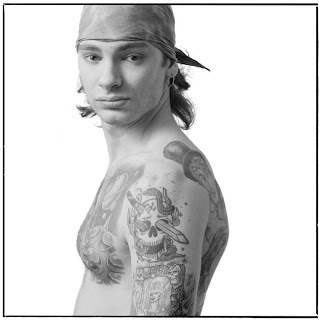My posts have been very Anish Kapoor heavy lately. This is the last one for a while, I promise. It has to be done though. I posted before about the making of a Gangnam Style parody by Kapoor and many other artists in the London community, and the video above is the final cut.
Chinese artist Ai Weiwei made a parody of the song Gangnam Style in protest of the harsh regulations that are placed on freedoms of speech and expression in China. The video itself, obviously a breech of these regulations, was removed from the internet and banned in China.
Protests come in many shapes and forms, some serious and some less so. Obviously, the premise of this video is founded on an international viral sensation, Psy's Gangnam Style. The original video, with it's own political undertones, is a catchy and sort of ridiculous song with an equally laughable dance to go along with it. This video, though, made its way up through the top music charts, and though silly, it is arguably one of the most recognizable songs of this year. What better medium for staging a viral protest? You have a song that will likely be looked into via search engines world-wide and will be seen by a younger generation, the one that will take the reigns on make changes happen in the future for subsequent generations.
A friend of mine argued that the video was a poor way to spend time and resources and that it won't change anything, but sometimes protests don't have to be about change. Sometimes, someone just needs to stand up and say what everyone else is thinking even if they don't have a way to fix the problem. We can't change everything, but someone can and will do what they can the more people speak up about it. Unfortunately, with the government in China, there is very little that anyone can do to really effect changes.
Kapoor and the other artists did a good thing to show support for an artist that makes incredibly powerful works of art in protest of the atrocities in his area. Yes the video is silly and the song is ridiculous, but honestly, it's a lot more effective to get people involved in a project that is lively and catching. And the fact that Ai Weiwei himself used that song and that video provides a direct link between the two, making Ai Weiwei's video better known via Kapoor's. I like to think that Ai probably got a kick out of seeing other artists taking after him and probably could use the boost after most likely being frustrated that his own video was banned in the country that it would need to be shown in the most.
My same friend said that it was just a publicity stunt for Kapoor. I say, yes, it is a publicity stunt for Anish Kapoor and all of the museums and galleries and arts centers and other artists who were involved. Heaven forbid the art community actually come together to have a bit of fun and help out a fellow artist. Outside of the "Art World" looking in many people often have the expectation of either intellectual pretentiousness or "off-their-rocker" idealists making up the majority of the community. Maybe this video will show a human side to the arts community. One that is willing to have a bit of fun, to be silly, to recognize popular culture, and most importantly, to speak up for one of their own and show that they are with him and support him when he needs it.














